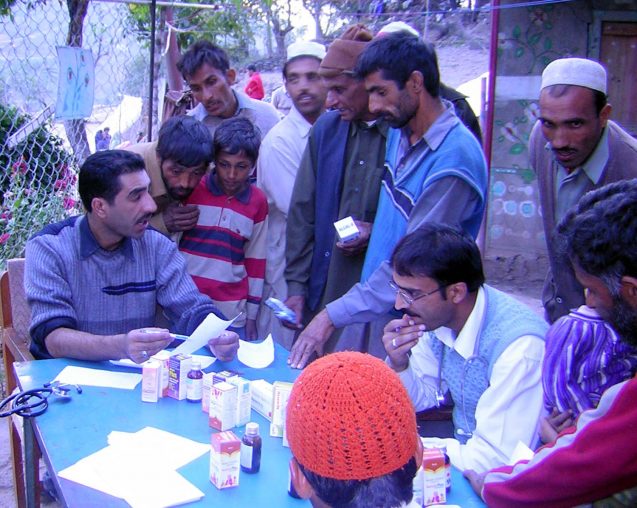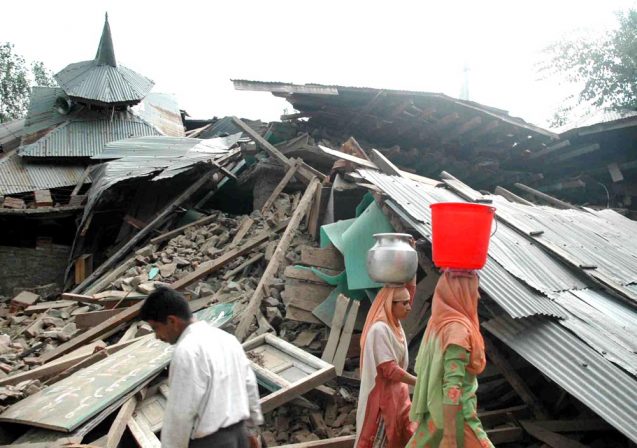On 8th October 2005 a 7.6-magnitude earthquake hit Jammu and Kashmir and caused huge devastation and killed over 1350 people in the valley. Within 24 hours ActionAid launched a quick relief and recovery operation with an objective to reach out to the most marginalised and vulnerable groups in the affected areas. With active support and participation by our allied organisations — Jammu and Kashmir Yateem Trust, People’s Development Trust and Himalayan Mission and Training (HIMAYAT), our team swung into action and immediate relief measures were started.
ActionAid India Response
Needs Assessment
In collaboration with Tata Institute of Social Sciences (TISS) and University of Kashmir, we conducted a comprehensive damage assessment in 122 villages in Baramulla and Kupwara. The assessment which was carried out by a team of 160 students covered more than 17,000 families in over 60 villages in Kupwara and Baramulla districts which were hit hard by the quake.
Immediate Relief
In the first three months of our response efforts, we reached out to 5341 badly affected families in 61 villages in Kupawara and Baramulla districts. The households were provided with immediate relief items – both food and non-food – which were essential for them to survive and fight back. More than 3500 people were provided with medical aid through 23 health camps organised in the most affected villages.
Shelter Support
Apart from relief, our focus in the first 3 months was also on providing temporaryshelter to those who had lost their houses in the quake. In that phase, over 1700 temporary shelters were raised in Karnah, Kupwara, Uri, Rafiabad, and Kandi Baramulla areas.
In the second phase of our response, which started from January 2006, we kept our intervention more focused on 30 most affected villages in Uri and Karnah areas. We built additional 1500 temporary shelters in this phase.
Cash for Work Programme
From January 2006, we started our efforts towards livelihood restoration of over 300 most affected (mostly women-headed) families in both the districts. Through ‘cash for work’ programmes, we helped the communities earn some income while providing labour to re-establish public infrastructure facilities like water provisions, sanitation facilities, and restoration of homes among others.

All these activities were carried out under the supervision and leadership of Village Development Committees set up with representation of local people. The objective of setting up these committees was to engage the community in the development process.
Milestones Achieved
- 25,097 work days generated for the affected population in 30 villages
- 502 toilets built in 23 villages
- Temporary school structures developed in 23 villages
- Local women were recruited for these schools
- 38,000 fruit and non-fruit trees planted to help supplement villagers livelihood and also to check soil erosion and landslides.
- Apple trees were introduced to areas in Uri and Karnah where apple trees were never grown.
Preparedness
The devastation caused by the earthquake made us realize that preparedness for such disasters is highly essential. Soon, we started a Disaster Preparedness Programme in partnership with National Service Scheme (NSS) of Kashmir division. By February 2007, we were able to trainabout 300 teachers and more than 3000 school and college-going students. We had also initiated a community-based early warning and preparedness programme in 31 villages of Baramulla and Kupwara districts that are highly vulnerable to such disasters.

